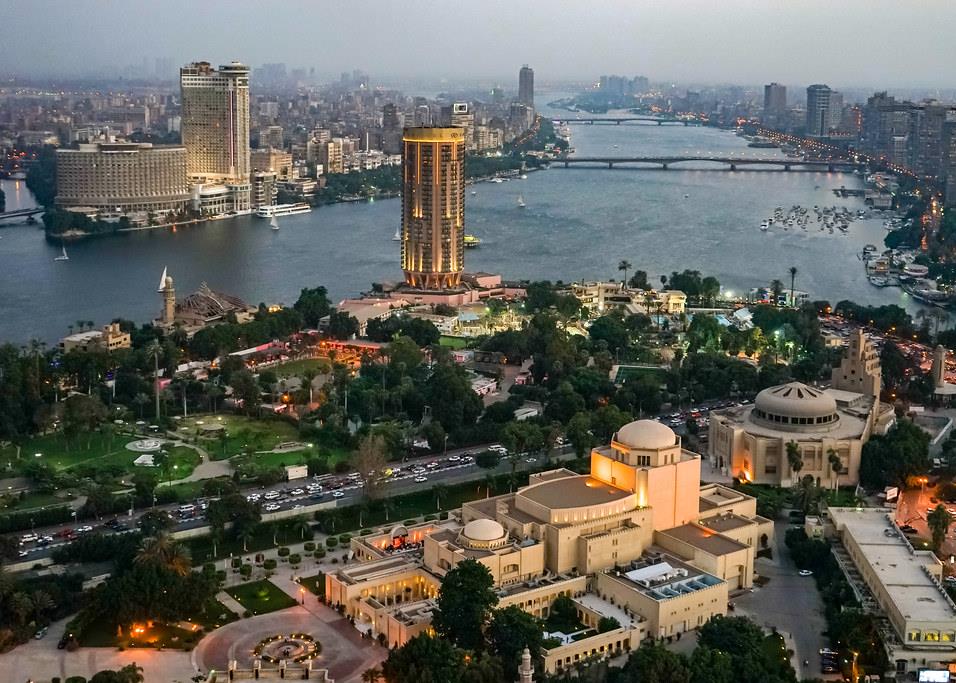
'Taking water from over-producing southern fields like Nimr and transporting it via pipeline to areas that require liquid for re-injection or steam generation is a project that is under study and may offer us an ideal solution,' Oil & Gas Minister Mohammed bin Hamad bin Saif al-Romhi told MEED on 12 April. 'But we are also looking at alternatives, including putting in a pipeline from the sea. Both solutions will require treatment, especially if we are to use the water for steam generation.'
The water cut in Nimr is touching 80 per cent of the field's output and PDO is now pumping about 600,000 cubic metres a day (cm/d) of heavy water in total from its fields. Disposal of this hazardous water is a major undertaking, which is set to become even more difficult from January 2004 when PDO begins to phase out shallow water disposal. This will entail drilling deep-water disposal reservoirs below 1 kilometre underground in order to avoid the long-term pollution of shallow water resources.
Using the water, which in the case of Nimr is of sufficient quality to be utilised as feedstock for steam injection schemes further north, is considered a more cost-effective alternative to disposal. Projects planned to lift high-viscosity, low-permeability crude from Mukhaizna and Qarn Alam will require an estimated 40,000 cm/d of high quality boiler water. A pilot steam injection project in Qarn Alam, which was halted last year, will be reactivated in June in order to gain more information on the field's IOR potential (MEED 21:12:01).
There is also an option to extend the pipeline further north to provide more water for flooding projects in the Lekhwair field, which is presently dependent on water drawn from finite ground recharge aquifers. Such water flooding schemes are deemed to be essential if PDO is to achieve its production target of 800,000 barrels a day of black oil by the end of 2007.
PDO is now conducting a value assurance review into the proposed pipeline and, if approved, front-end engineering and design (FEED) work on the scheme is scheduled to start in 2004. The pipeline could be in operation as early as 2007.
You might also like...

Red Sea Global awards Marina hotel infrastructure
18 April 2024

Aramco allows more time for MGS package revised prices
18 April 2024

Morocco tenders high-speed rail project
18 April 2024
A MEED Subscription...
Subscribe or upgrade your current MEED.com package to support your strategic planning with the MENA region’s best source of business information. Proceed to our online shop below to find out more about the features in each package.





